During my time in America in the 1990s, I became acquainted with Russian researchers working in American universities. They had left their native country and moved to the USA in the hope of finding better research opportunities. Integration enabled them to function as professors, parents and neighbours, but something was missing. In the new home country, the names Dostoyevsky, Tarkovsky and Tchaikovsky meant nothing to their friends and colleagues, and so life there felt shallow and uncivilised. They desperately longed for their native country, but they knew that their children and children’s children would have better opportunities to succeed in the new home country – and so they stayed.
In 2015, the Sustainable Development Goals adopted in New York and the Paris Agreement showed us that the world – and Finland – must change. This new framework means we all have to be integrated: learning, experimenting and networking will give us the necessary nudge towards the future. Successful integration requires introducing new routines with respect to entrepreneurial, housing, eating and transport practices, as well as new kinds of systems. Similar to Russian immigrants in America, integration would guarantee us the ability to function in our lifetime, despite the occasional moments of longing for the good old days. But it is our children, the future generations, who would benefit most from our actions; they would avoid the ever-worsening effects of climate change, depleting ecosystem services, pollution and unwise land use. This way, they could have a good life.
We are lucky here in Finland in the sense that, for most of us, integration would not require moving abroad or relocating to another continent; we could do it in our own country, as we see fit. This is not true for all people who live in Finland; for some, integration is the outcome of having to flee from their home country due to war, terrorism, persecution or poverty.
The Global Risks 2015 report of the World Economic Forum (WEF) demonstrates how interconnected global crises are. It also shows how the societal and economic crises causing the current refugee situation are linked to environmental crises. For example, the loss of biodiversity and collapsing ecosystems are linked to our inability to mitigate climate change, which in turn is connected to broad-based involuntary migration through food- and water-related crises. Correspondingly, migration is linked to deep social instability, with a further connection to conflicts between countries and terrorism.
Integrating Finland into the future requires understanding the interdependencies that exist between issues and countries, and acting accordingly wherever support is needed at any given time.
Now is the time to engage all of Finland in integration. One key tool is the Society’s Commitment to Sustainable Development, which everyone can easily join. It assists in learning, experimenting and networking in a way that facilitates and provides incentives to making a permanent transition to using sustainable approaches and systems. Integration with a view to a sustainable future is also a key part of Finland’s development policy, as from the viewpoint of sustainable development we are all developing countries – including Finland.
This text is part of the blog series “Sustainably”.
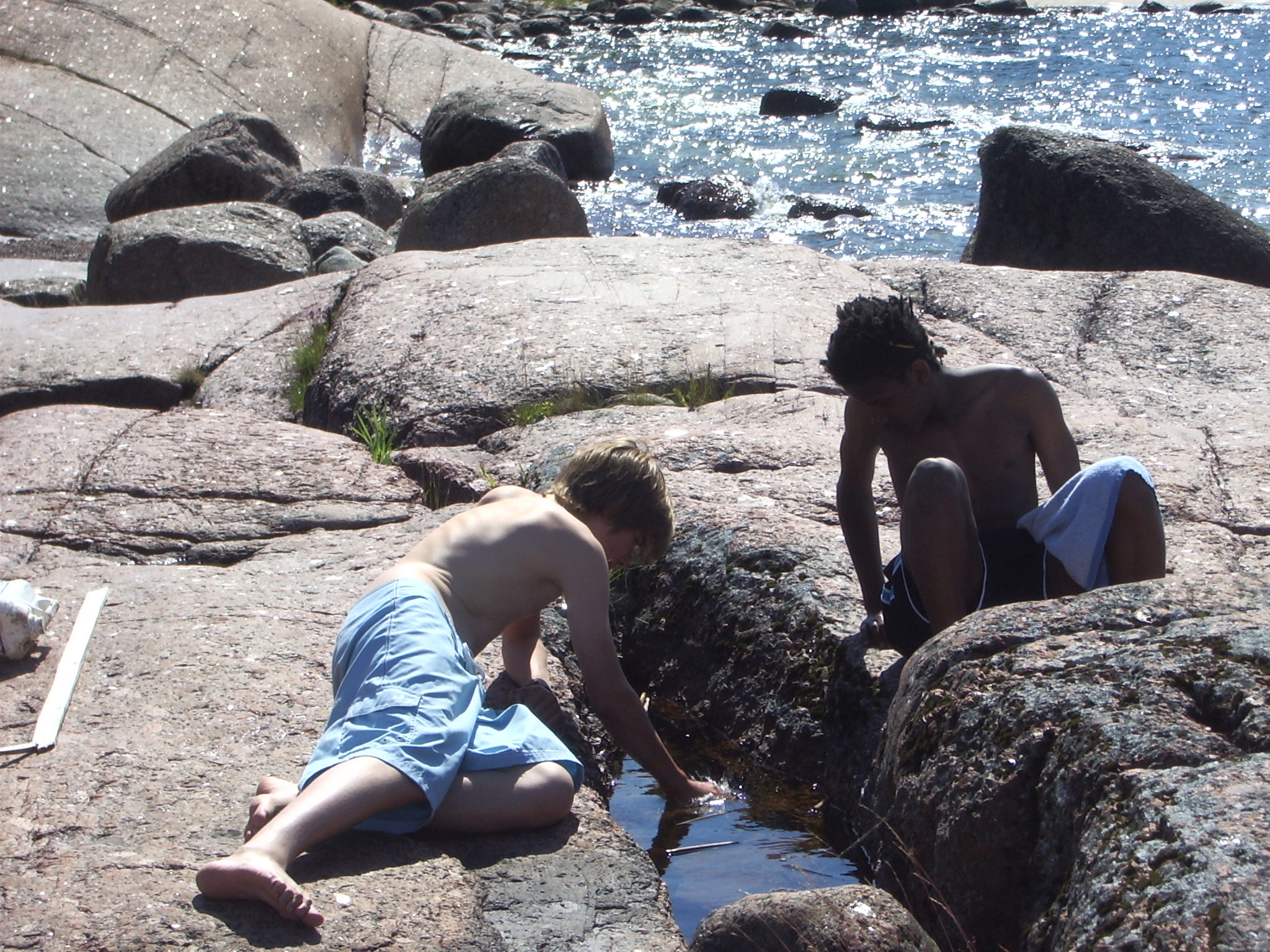


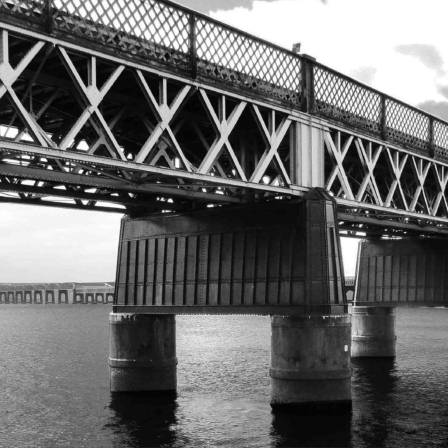
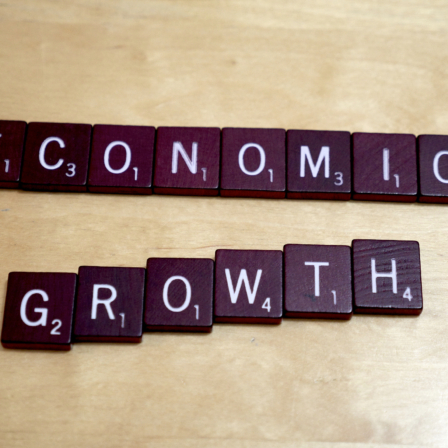
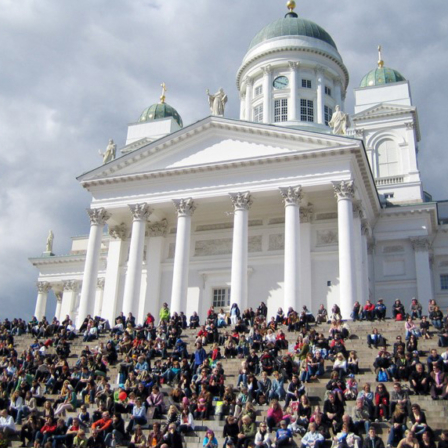
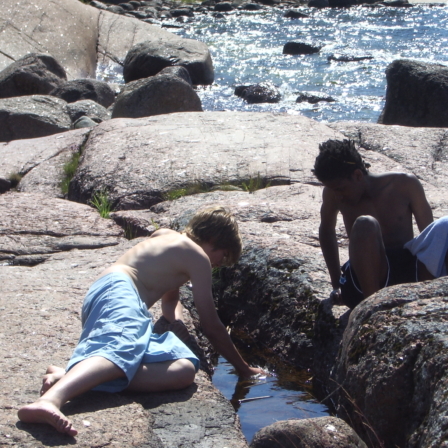













Recommended